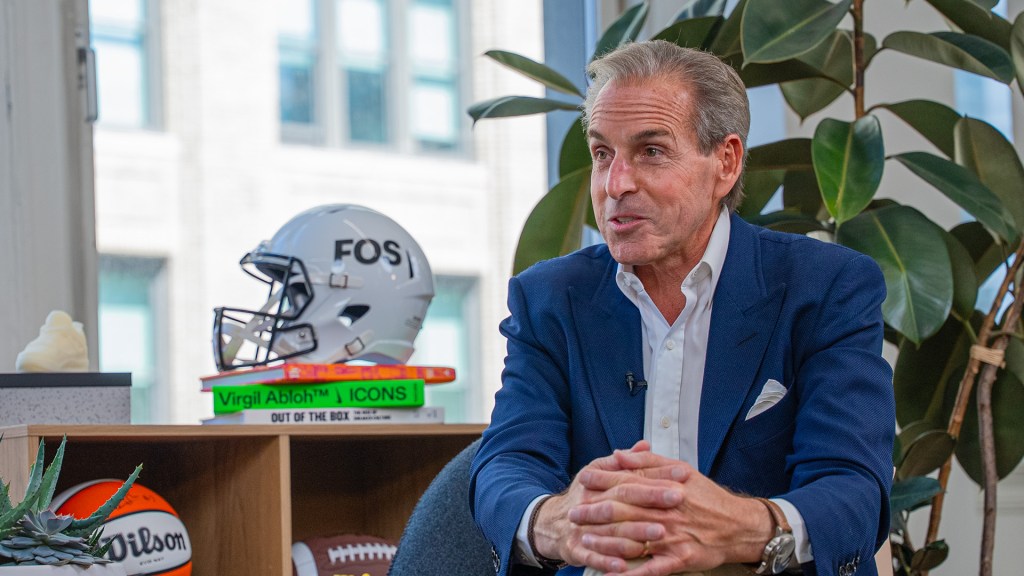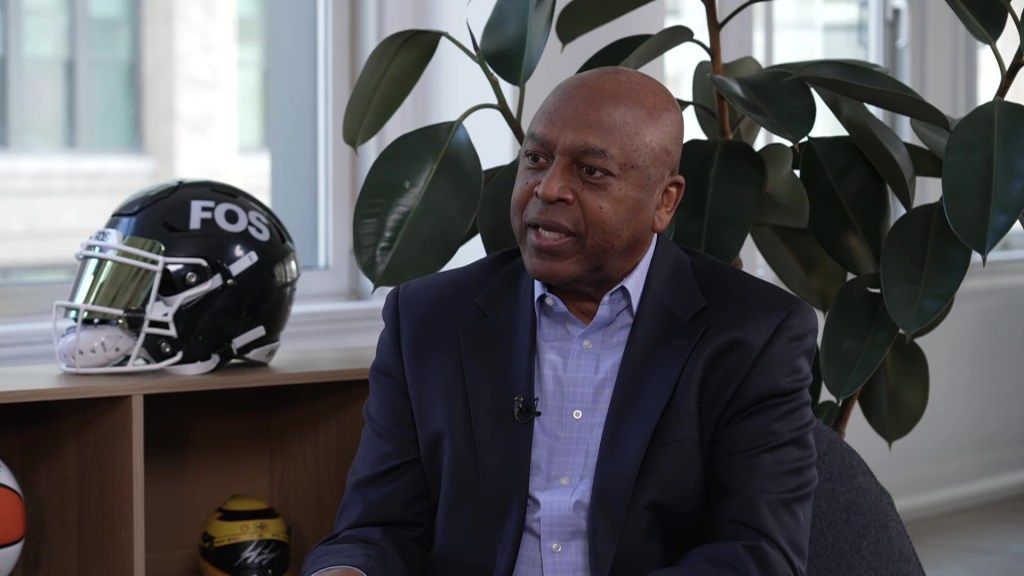
With playoffs underway in Major League Baseball, the league is just weeks away from concluding another whirlwind season. While the league overall faced another year of declining attendance, Front Office Sports spoke with executives from five MLB clubs about their thoughts on attendance – and what the future holds.
FOS: Heading into the 2019 season, what was your respective team’s plan to increase attendance and enhance the fan experience?
John Fisher, Senior Vice President of Ticket Sales and Marketing, Arizona Diamondbacks
“We spent time programming out the entire year and making sure that we’ve put ourselves in a position to sustain any good or bad team performance – so if we didn’t play well, we’d still be in a good spot. We created many of new things this year – we’re doing Yoga Nights, which we’ve never really done before. We’ve increased the number of pass offers that we have. We did a bar crawl this year, Irish and Italian Heritage Nights, and then continued to be aggressive with all of our group sales offers. A lot of school events, bands, choirs, big corporate events – that’s gone really well for us.”
Adam Jones, Chief Revenue Officer, Miami Marlins
“Moving into 2019, we launched a new membership program – Marlins Members – which transitions from the 81-day transactional relationship with those accounts that spend the most time and dollars with the organization to a 365-days-a-year membership. And with that came enhanced benefits as well as incentives – that transformed the program. We were able to achieve a high retention rate from [2018] to [2019] with our existing members and then achieved a top-10 result among the 30 baseball clubs at MLB in terms of new FSEs, or full-season equivalents. Building that base was our highest priority – and looking then to broadening the market and the appeal of Marlins baseball.”
Lou DePaoli, Chief Revenue Officer, New York Mets
“The one thing that we came up with this year is what was called our Amazin’ Mets Pass. It’s a digital-only monthly subscription where you pay $39 a month during the baseball season. It gives you access to come into the ballpark on a standing-room-only ticket for any game during the season except for Opening Day and the two Yankee games. That was very popular with our fans and it wound up giving us new people in our database and skewing much younger than our average ticket buyer. If you’re paying $39 a month and you only want to come to two games, that’s pretty good cause you’re going to come here and you’re going to enjoy eating all the great food and all the other great entertainment that we offer.”
John Weber, Senior Vice President of Ticket Operations, Philadelphia Phillies
“Our baseball operations team did a lot of moves leading up to the [13-year, $330-million] Bryce Harper move – trading for Jean Segura, the signing of free agent Andrew McCutchen, and then the trade for J.T. Realmuto. We had all those other moves and then you add in the Harper move [on March 1] – our attendance took off. But all along, you just have to keep planning a strong promotional schedule. You’re making your phone calls, you’re trying to renew your season ticket customers. And then when Harper signed, things really took off from that point forward and carried [through] March and April and into the season.”
FOS: What is the biggest takeaway your respective team has regarding its home attendance?
Fisher:
“Every market’s different obviously, but for Arizona, we can program a season and we can have solid attendance – regardless of how good or bad the team is playing. So if the team is playing great, awesome, let’s capitalize on it. But if the team is .500, if the team is having a tough season, there are things that we can do to program games in a way that gives people reasons to come out to the ballpark other than how the team’s playing. ”
Jones:
“That the investments we’ve made in the experience, the broader positioning of the brand and our products to the market is yielding results. From a 6% increase in the amount of new buyers that we saw this year, an 8% increase in the amount of single-game accounts that we are able to retain this year versus the year prior, and a 15% increase in the number of accounts that live within a 20-minute drive of the ballpark. These are all directionally aligned with our go-to-market strategy and how we will sustainably build a base under which you will be able to continue to invest in the on-field product.”
DePaoli:
“Our fans are loyal and passionate. They want a reason to come out here – whether it’s on the field or off, it’s up to us as marketers because I can’t control what happens on the field. It’s up to us – as the business people – to ensure that we’re providing the right combination of entertainment value that keep fans coming here for those inevitable lulls and then to maximize their attendance when things are red hot.”
Weber:
“The biggest takeaway is the fan support we received this year and knowing that it’s there and knowing that it will continue as we move forward with a superstar like Bryce Harper. Our fans are extremely loyal, and they’re extremely excited. They love their sports teams, whether it’s the Phillies, Eagles, Flyers, Sixers – they want to see us win just like we do. Obviously, the season hasn’t finished as we had hoped it would but we got off to a good start. I think we’re excited about the future and I know our fans are excited for the future as well.”
On Other Topics:
Fisher on the Diamondbacks’ new promotional methods:
“We started to realize that while we’ve always taken a ‘peak on peak’ approach [to promotional giveaways], we don’t necessarily need to do that as aggressively as we have in the past. If we had the Dodgers on a Saturday, perfect – giveaway and let’s really stack that game. But we’ve come to the conclusion through results and analytics that that game can stand alone and do really well on its own. That gives us the ability to take that promotional item and put it on a different weekend, a different game – so now we’re impacting two games on it, not just impacting one game. So I think we’ve also gotten smarter with our approach and we’re getting programming out the entire season.”
Jones on the Marlins’ recent attendance figures:
“Relative to either the industry or league overall, the Marlins are in a build-or-growth mode. We were able to surpass our average day attendance from 2018 with an average of 10,016 [home fans] per game [in 2019]. It was a slight increase but directional with our expectations coming into the year – helped by the new brand of the Marlins, the investments we’ve made in the cost of fan experience, the enhancements to that experience within the ballpark, and the broader positioning of Marlins baseball to residents and businesses and visitors to South Florida. We fully expect to come into this year and moving into 2020 to continue to build.”
DePaoli on the Mets’ increased attendance in 2019:
“People were starting to figure out: even though the team wasn’t playing well, they liked what they saw. They liked Pete [Alonso], they liked Jeff McNeil, they liked JT Davis, they liked where we were going. We just doubled down with the promotions and the ticket offers – not knowing how well the team was going to play or not play. We came out strong and even by the end of July, our attendance was still up 3.76%. That was just as we were starting to play better. The fans were already buying in before the team actually took off [and finished with an 8.4% increase in average home attendance.]”
Weber on the Bryce Harper Effect in Philadelphia:
“Our attendance this year is at 2.72 million – compared to last year, it was at 2.15 million. The jersey sales were off the charts – I don’t have those exact numbers, but I know our merchandise tee-shirt and jersey sales with [Bryce] Harper were outstanding. It’s one of those things where you have a young, superstar, free-agent player who picked your team and it was very exciting. The great news about Bryce Harper – he’s 26, 27-years-old and he’s going to be a Philadelphia Phillie for a long time. People can get behind him, support him, and can be a cornerstone of our organization for a long time.”
Red Sox CMO Adam Grossman on how to grow baseball beyond 2019:
“We do not think baseball is done – the question is how much can it grow? The growth is a really important function and focus of where we’re at. I think part of it is to try to save time and continue the effort to quicken the pace of the game. I think the other piece where baseball does have an advantage is we have so many games, but it allows us to be more creative and do more within those games. Theme nights and group nights – getting out with a group of people and having these group experiences and communal experiences – is becoming more and more popular. People still want to go out and they want to have fun and they want to see a unique event together in a unique venue.”
Some questions and responses have been revised for clarity purposes.
















